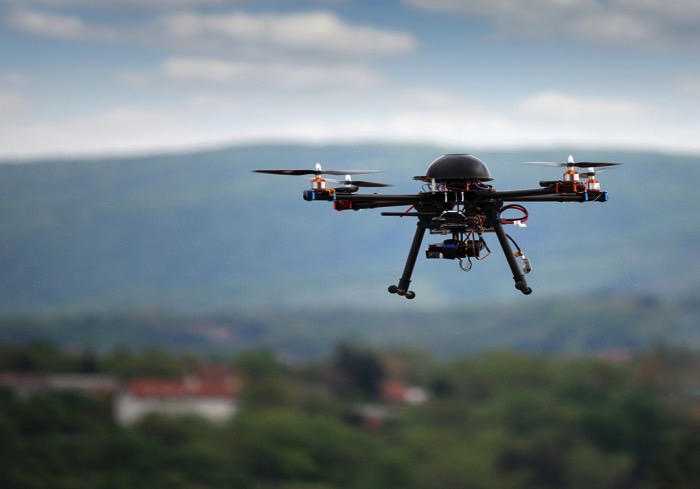
When Amazon first announced its Prime Air drone delivery program years ago, the reaction ranged from the incredulous to the slightly skeptical. Fast forward to 2015, and Amazon is releasing as many technical details on its flying machines as it can — air speed, flight altitude, cargo capacity and landing capabilities were all major points of emphasis in an information video released by the retailer late last year.
By all accounts, the public seems to be warming up to the idea of delivery drones dropping off packages right in their backyards. However, as Missy Cummings, director of Duke University’s Humans and Autonomy Lab, sees it, that could pose even more problems for safe and effective airborne deliveries.
Citing what she calls “socio-technical” obstacles, Cummings told The Washington Post that the more that brands whip average consumers into a frenzy about the imminent future of drone deliveries, the more these same shoppers could interfere with the meticulously planned safety measures of Amazon and other retailers that take to the skies. Whether a curious child tries to inspect a drone up close, a pet takes the flying machines for an intruding rodent or an adult just takes a pot shot at one zooming overhead, it’s clear to Cummings that the public has yet to be exposed enough to drone deliveries for this initial wave of distrust to wear off.
“[My 8-year-old would] like to throw rocks at it — because it’s there,” Cummings told The Washington Post. “It’s just human nature.”
In effect, the interest that Amazon has been drumming up to support the progress of drones through regulatory processes might backfire when the models actually lift off the ground. If it’s any consolation to researchers who’ve been breaking their back on Prime Air, Cummings noted that any potential human-drone interactions would be limited to the last 50 feet of travel to the delivery destination.
But the last 50 feet of an urban environment presents vastly different geography and topography — not to mention people — than rural farmland with plenty of space to land. For example, a drone carrying a delivery for a customer in a high-rise apartment building would have to navigate busy airspace, neighboring structures and likely plenty of foot traffic if it ever made it to the ground undisturbed by other actors.
Drones aren’t out of luck yet, though. Parimal Kopardekar, principal investigator for NASA’s Unmanned Aerial Systems Traffic Management program, told The Washington Post that delivery drones might not always have to descend all the way to ground level to drop off their packages. While this might be the preferred method in the suburbs or country where the concentration of potential human saboteurs is low, avoiding trouble in cities could require some flexible problem-solving. Kopardekar suggested 10-foot-tall mailboxes that drones could deposit their cargo into from above without coming within reach of overzealous interlopers. There might even be a new trend of downtown apartment complexes complete with drone delivery receptacles or personal lockers built into their roofs.
The notion of infrastructure to assist drone deliveries isn’t that far off from the concept behind mailboxes; instead of having mail carriers traipse up and down every front walk, a simple dropoff point at the end of a driveway saves time, energy and resources, while also keeping mail carriers away from any unfriendly dogs at home.
Without a single delivery drone in U.S. airspace at the moment, Amazon and others still have more to worry about than actual pressing concerns when it comes to drone regulations, but it’s clear that the biggest liability to drones’ future viability — human interference — shares a source with its biggest ally.